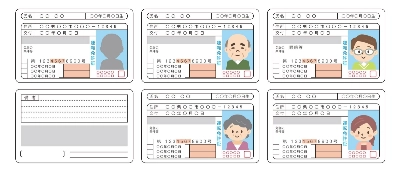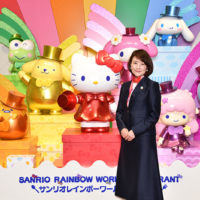It's an existential problem, in the truest sense of the word: To be or not to be, as poor Hamlet famously mused.
What the Danish prince did not know (and likely didn't care about too much at the time) is that Japanese ways of "being" make a categorical difference between animate and inanimate objects. The verb that is used to describe the existence of people and other animals is いる (iru), while for all other matter (radishes, ideas, drinking parties) ある (aru) is used.
The two Japanese "be" verbs occur most commonly in combination with the subject particle が, as in 寝室に蚊がいる (Shinshitsu ni ka ga iru, There is a mosquito in the bedroom), as opposed to 冷蔵庫にビールがある (Reizōko ni biiru ga aru, There's beer in the fridge). Another particle the two Japanese "to bes" frequently attach to is に, in which case the point is not that there is something, but where that something is, as in 蚊は寝室にいる (Ka wa shinshitsu ni iru, The mosquito is in the bedroom) and ビールは冷蔵庫にある (Biiru wa reizōko ni aru, The beer is in the fridge).


















With your current subscription plan you can comment on stories. However, before writing your first comment, please create a display name in the Profile section of your subscriber account page.